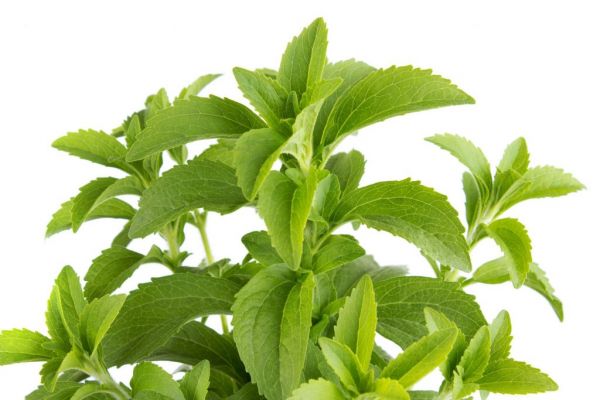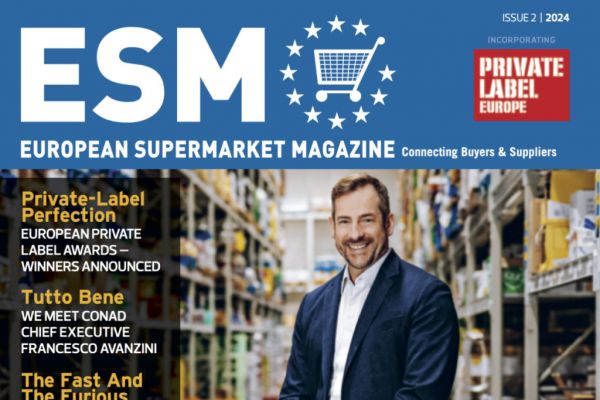Over the past decade, a little-known herb 200 times sweeter than sugar has become a $4 billion global industry, showing up in everything from Coca Cola sodas to Heinz ketchup. Not a bad start for a product that many people still think has a bitter aftertaste.
The stevia plant, which can be processed into a zero-calorie sweetener, has taken off as a sugar alternative. Consumption tripled from 2011 through 2016, according to data from researcher Euromonitor International. While it’s still a small part of sweetener sales, companies such as Cargill Inc. and ED&F Man Holdings Ltd. are investing more -- including to improve the taste.
Growth Potential
“This is a market that has huge growth potential,” said Jonathan Hugh, head of the agri-industrial division at London-based commodity trader ED&F Man, which has a stake in the stevia-based Unavoo Sweetener. “We see a lot of investment opportunities.”
Finding a low-calorie sugar substitute that doesn’t alter the taste of iconic brands has been a longtime quest in the food industry, especially with a global obesity epidemic and rising rates of diabetes. Over the years, that’s led to artificial man-made sweeteners such as aspartame, sucralose and xylitol. But many consumers report unpleasant side effects from those products, or they worry about ingesting chemical additives.
Stevia, often marketed as a natural sweetener because it is derived from plant extracts, has almost no calories and a glycemic index of zero, which means it can be consumed by diabetics.
Cargill Boost
Named after a Spanish botanist, stevia is a member of the sunflower family of plants and is grew in South America for hundreds of years. It didn’t get much attention until 2008, when Minneapolis-based Cargill -- one of the world’s largest agricultural companies -- introduced its stevia-based Truvia sweetener in the U.S.
Demand accelerated after that, including in 2011, when the European Union approved stevia use in food. It’s now found in salad dressings, chewing gum and even face wipes for babies. The plants -- which thrive in sunny, warm conditions, are now grown in more places, including Paraguay, Kenya, China, the U.S., Vietnam, India, Argentina and Colombia.
More than 10,000 stevia-containing food and drink products have been added in five years, with more than 70 percent being introduced in the past three years, according to PureCircle Ltd., a Malaysia-based stevia maker partly owned by commodity traders Olam International Ltd. and Wilmar International Ltd.
In the U.K. alone, new products with stevia almost tripled in four years through 2016, according to Mintel, a London-based retail-product researcher. It’s mostly used in soft drinks, but increasingly found in sauces, ketchup, snack bars, popcorn and toothpaste, said David Jago, Mintel’s director of innovation and insight.
Vevey, Switzerland-based Nestle SA, the world’s biggest food company, is using stevia in fruit juice in Brazil, coffee mixes in South Korea and in its Nestea brand iced tea. Lindt & Spruengli AG, the biggest maker of premium chocolates, says its Russell Stover unit will introduce stevia-sweetened chocolate in the U.S. during the autumn. Coca-Cola Co. and PepsiCo Inc. -- the biggest soda makers -- are adding it to diet beverages.
To be sure, sugar remains the king of the sweeteners with about 83 percent of the total market, according to agricultural consultant LMC International Ltd. And stevia still faces some difficulty with consumers, in part because it has a bitter aftertaste in many forms. While demand continues to grow, the gains have slowed dramatically since 2012, rising just 2.1 percent in 2016 to 1,038 metric tons, according to Euromonitor data.
“Taste has been an issue, meaning manufacturers have had to combine it with sugars to try and mask off-notes,” said John George, an ingredients analysts at Euromonitor International. “The anticipated revolution has not quite happened.”
Fixing Flavor
Improving the taste could help to revive growth rates, and producers are testing new formulations, George said.
In 2018, Cargill plans to introduce its next-generation stevia, called EverSweet, which the company says is easier to make in large quantities and doesn’t have any hint of licorice flavoring. ED&F Man plans a new product this year that it says is “virtually indistinguishable” from sugar. Archer-Daniels-Midland Co., one of the biggest producers of high-fructose corn syrup, is experimenting with improvements to its Sweetright brand.
Stevia may be the industry’s best chance so far to cut back on sugar, which consumers have been slowly turning away from.
“There is this war on sugar waging, so stevia is in a good place,” said Sara Girardello, head of high intensity sweetener research at LMC International Ltd. in Oxford. “Everybody is in it now.”
News by Bloomberg, additional reporting by ESM. Click subscribe to sign up to ESM: The European Supermarket Magazine.














